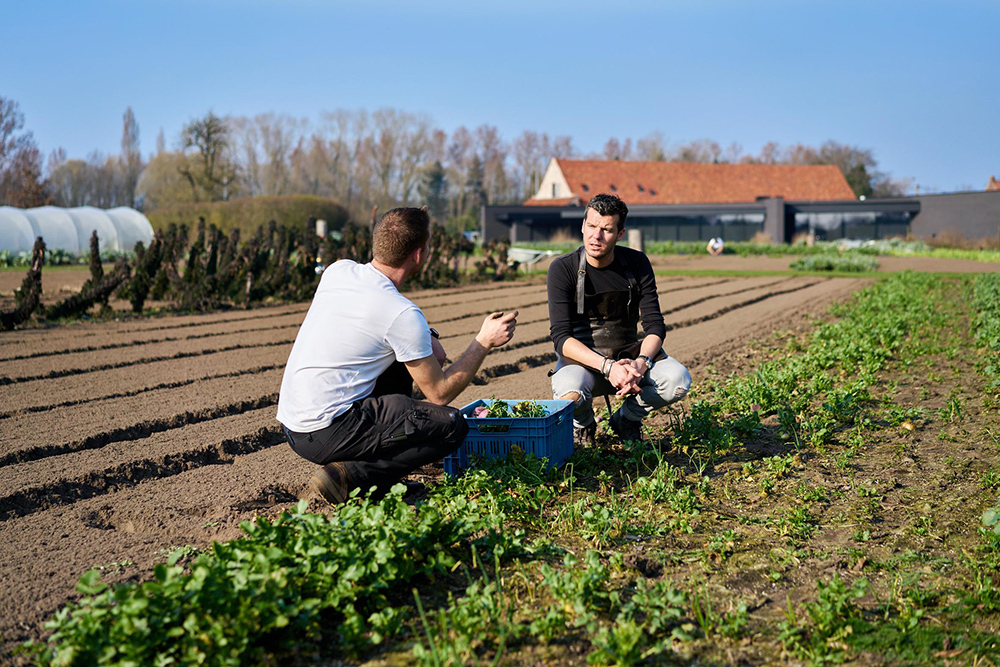If you are involved in agriculture and rural development you are very probably interested in the Common Agricultural Policy. The reform of the CAP, a political agreement between the Commission, the European Parliament, and the Council has been underway since 2013.
We can help you discover more about the European institutions and their functions in the evolution of agriculture, in particular what lies behind changes made by the Commission. It can be very valuable to understand the different points of view regarding these issues.
With Belgium located between the different farming cultures of the Netherlands, Germany, and France, there are fascinating local products all within a very short distance. Belgian Blue Beef cattle, the production of Binche potatoes – the secret of world-famous Belgian chips, sugar beet, and many different types of cereals.
We can also help you with visits to local farmers who have their own fields of wheat, corn, rye, spelt (Triticum spelta), buckwheat, barley and oats. Also fruit producers or even Shire Horse (Dray Horse) owners who work in the forested areas of Belgium.
Other contact details of interest are:
- The Agricultural Forestry and Agri-food of Libramont Fair hosts 200,000 visitors – 1,800 exhibitors and brands on a site of 300,000m² every year
- Some Belgian farmers claim production of up to 50-60 tons of potatoes per hectare.
- Other claim 9-10 tons of wheat per hectare.
- In a country of only 30,528km² you can easily reach any part of it!
Destinations for the Flemish and Francophone areas of Belgium are:
- Flanders with Bruges, Antwerp, and Ghent
- Wallonia with Liege, Namur, and – Gembloux Agro–Bio Tech (ULG)
The university Faculty of Agricultural Sciences of Gembloux is the oldest Belgian educational institution where research has been devoted exclusively to agricultural and biological engineering for more than 150 years.
- The Ardennes forest in the South East of Belgium is known as the Green Province of Luxembourg.
